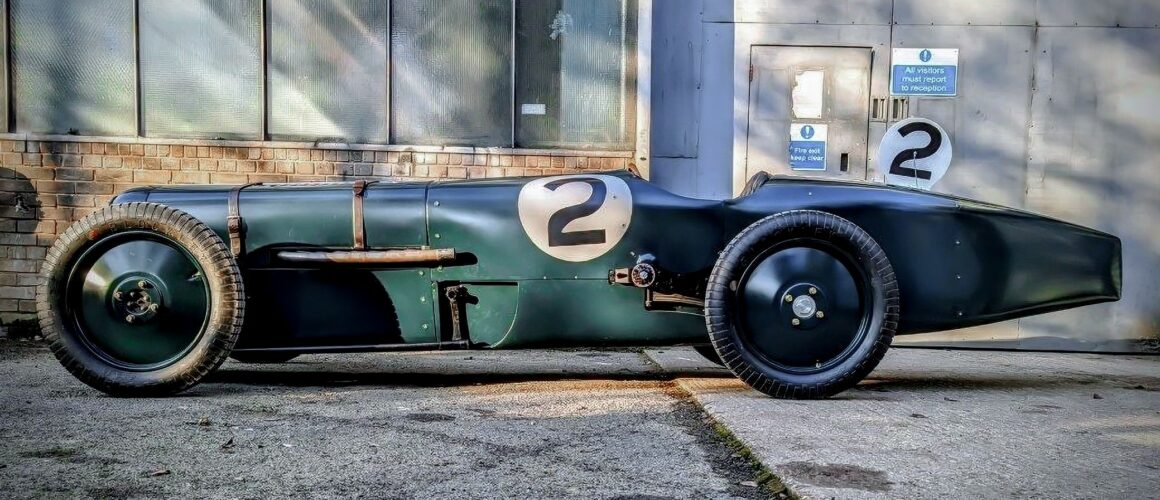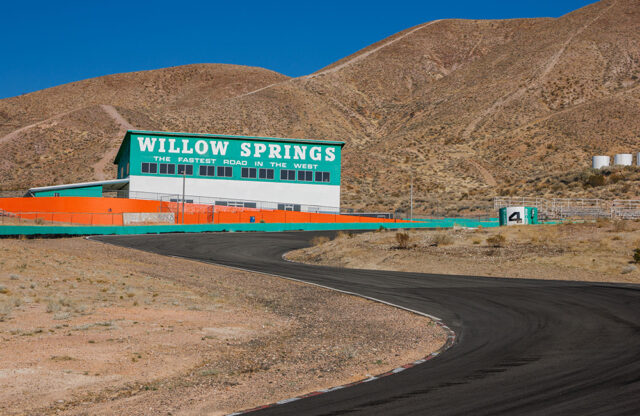WORDS: ELLIOTT HUGHES | PHOTOS: ALVIS CAR COMPANY
The Alvis Car Company has restored the last-surviving Alvis Grand Prix car, which is scheduled to make its first post-restoration public appearance in Europe at the Bicester Scramble at Bicester Heritage, Oxfordshire, on October 8, 2023.
The finished Alvis Grand Prix car, No. 2, made its worldwide public debut at the Automobile Council in Chiba, Japan, on April 14-16, 2023. The unusual front-wheel-drive race machine will be prominently displayed on the Main Drive in Bicester Heritage’s centre.
“We are delighted that visitors to the October Scramble will be the first in the UK to see the chassis, fresh from its return from its world debut in Japan this spring,” said Alvis Car Company owner Alan Stote.
Despite being entered in the British Grand Prix on October 1, 1927, the cigar-shaped, straight-eight-powered No. 2 actually raced only once, when ‘Bentley Boy’ George Duller drove it in the Junior Car Club 200-Mile Race at Brooklands two weeks later.
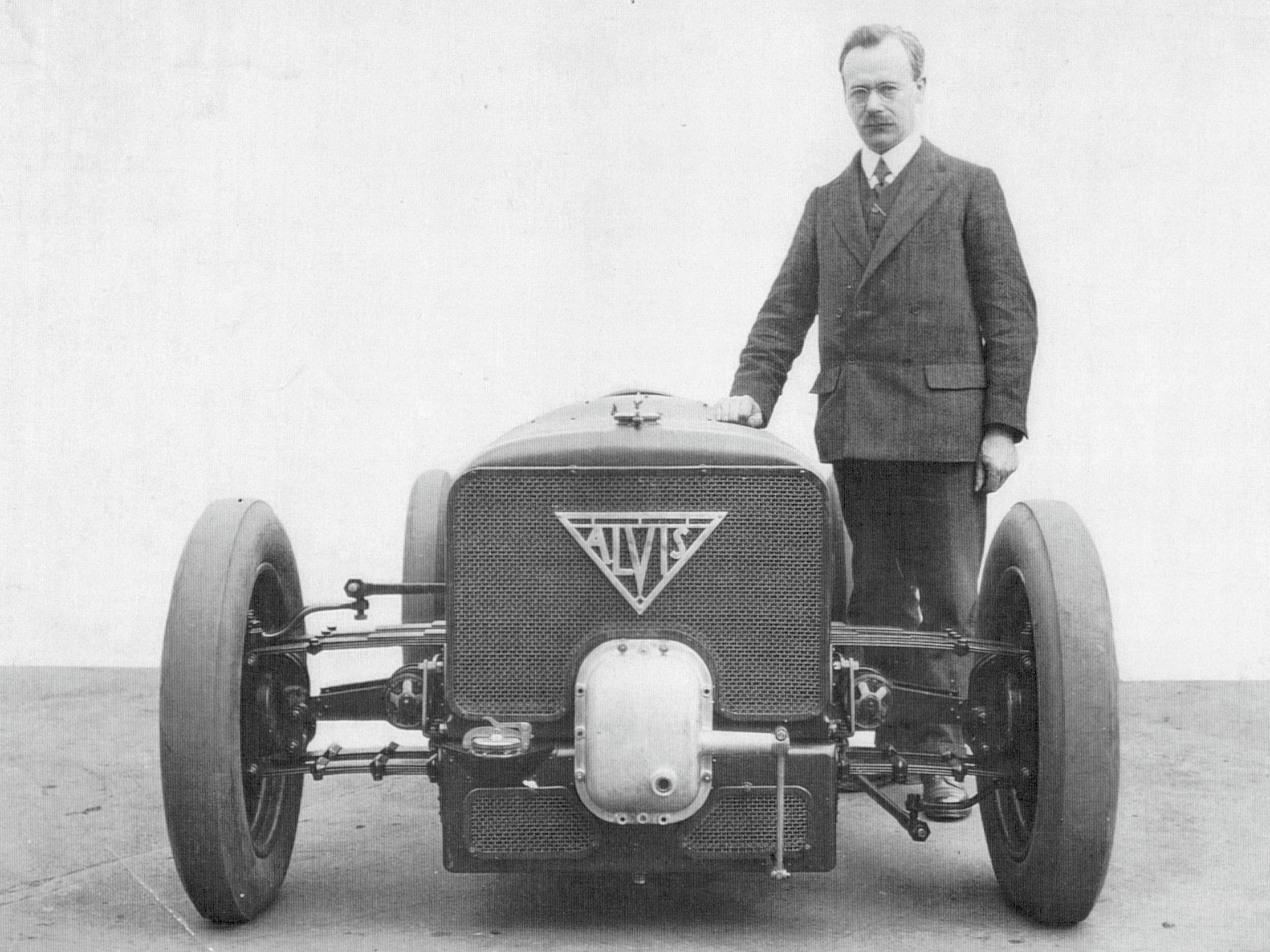
Alvis was at the forefront of automotive innovation and development in the pre-war period
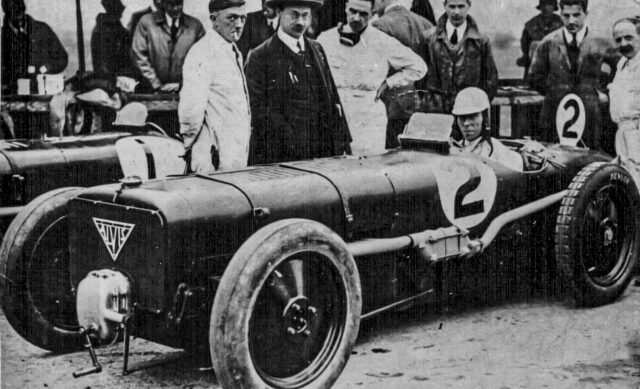
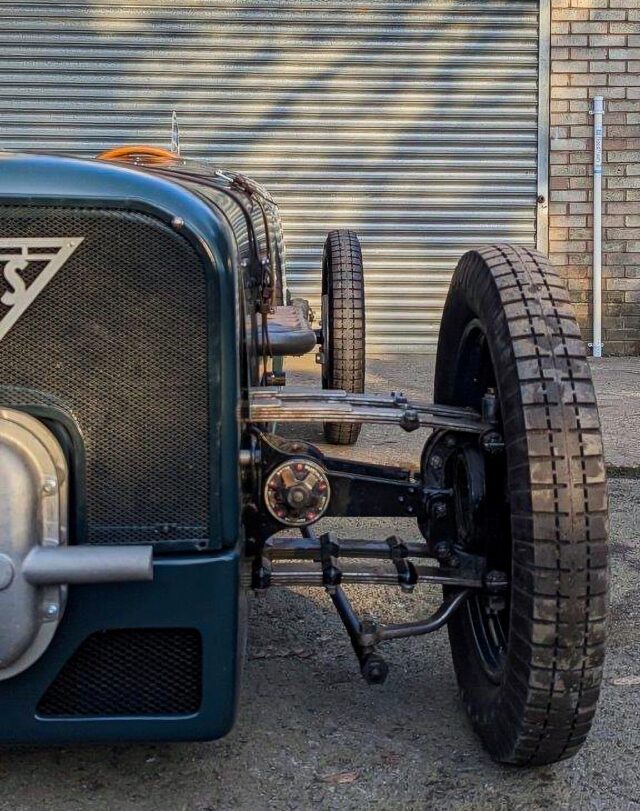
Duller qualified on the front row, and opportunistically took the lead at the start of the race before a misfire forced him to retire. The car was forever afterwards estranged from its original engine, but the broken conrod that caused Duller’s retirement remains on display at the Alvis headquarters in Kenilworth, Warwickshire.
The now engine-less Alvis remained at the factory until the 1930s, before being sold to the Roach Brothers breaker’s yard in Coventry on the proviso that it would be dismantled. Fortunately, No. 2 remained in one piece and made its way into the possession of Bill Pitcher, a motorcycle dealer in Rugby.
Pitcher sourced a replacement engine and transmission from the 1929 Alvis TT car, and later sold the project to marque enthusiast Nic Davies. No. 2 remained in Davies’ ownership for almost half a century, and was displayed around the world in locations including Papua New Guinea, Australia and Florida.
It stayed in the condition left by Pitcher throughout this period, until Davies embarked on an ambitious reassembly project in 1990. His efforts were rewarded when the car ran under its own power for the first time in over 75 years on April 19, 2003.
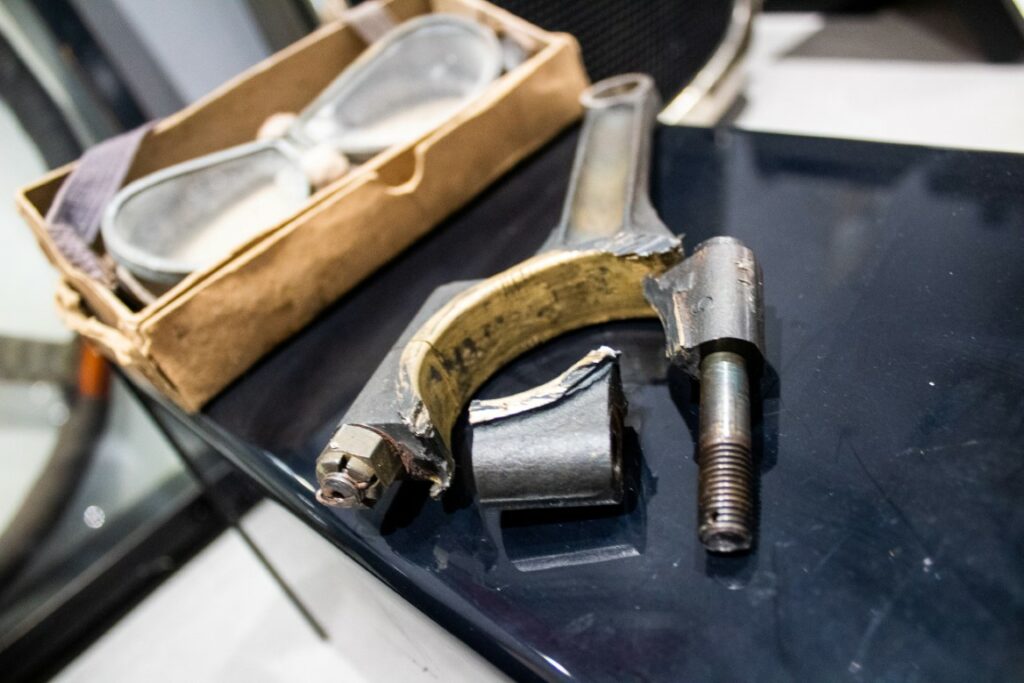
Yet the project was far from complete. No. 2 entered the stewardship of Alvis’ Alan Stote and marque front-wheel-drive expert Tony Cox in 2006. Under the guidance of Stote and Cox, the car’s arduous restoration process began in earnest.
Historic images of the vehicle in race trim were collected for the project, as well as period engineering drawings, which were essential for restoring the car to its original, factory state. CAD scans were used to reverse engineer archival materials, allowing Alvis and its UK-based suppliers to precisely remanufacture components that had not been made in nearly 100 years.
Pitcher had sourced similar but incorrect units decades before, so a new, period-appropriate engine block and gearbox casting were installed to ensure authenticity. The ultimate goal is for the car to run at Brooklands in 2027 to mark its centenary.
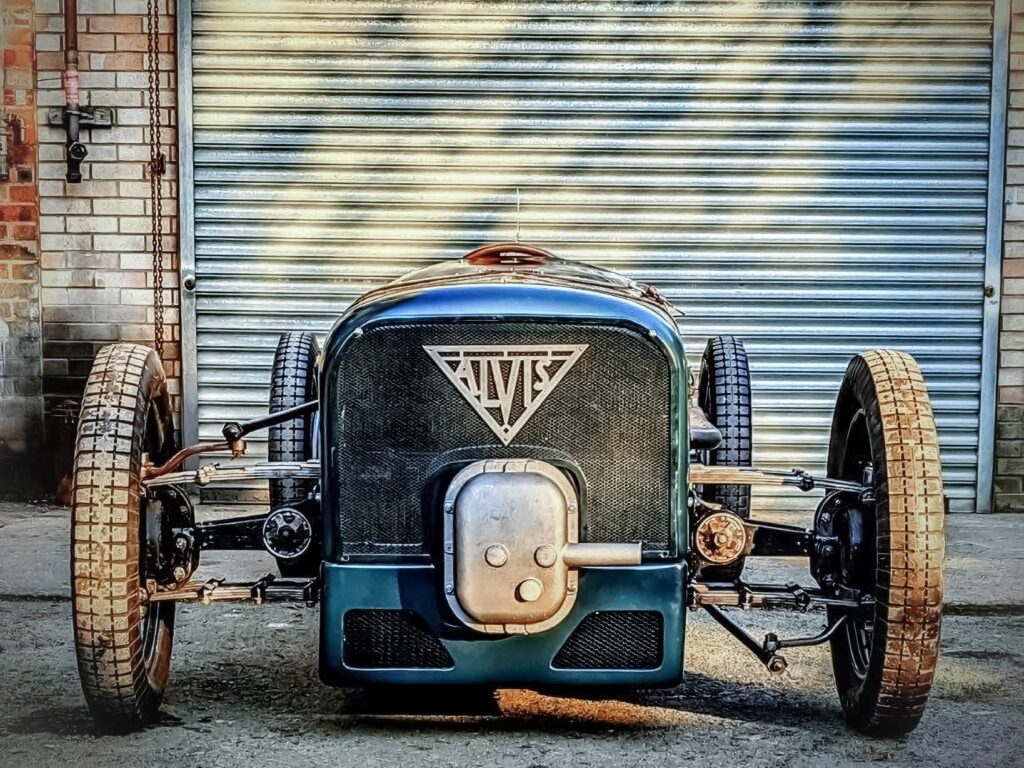
The Alvis Car Company will also celebrate 100 years of the 12/50 at the Scramble, with a display around the Watch Office as part of the event’s Birthday Brits theme.
“Alongside the 12/50 display, there will be much for Alvis enthusiasts to enjoy,” Alan Stote promised.
“Alvis was at the forefront of automotive innovation and development in the pre-war period, a rich culture that is perfectly represented by its remarkable twin-cam, straight-eight, front-wheel-drive Grand Prix car,” said Bicester Motion CEO Daniel Geoghegan. “We are delighted to be hosting its European public return at the Scramble, and to celebrate an understated a hero of the engineering world.”
Buy tickets to the Bicester Scramble here.

